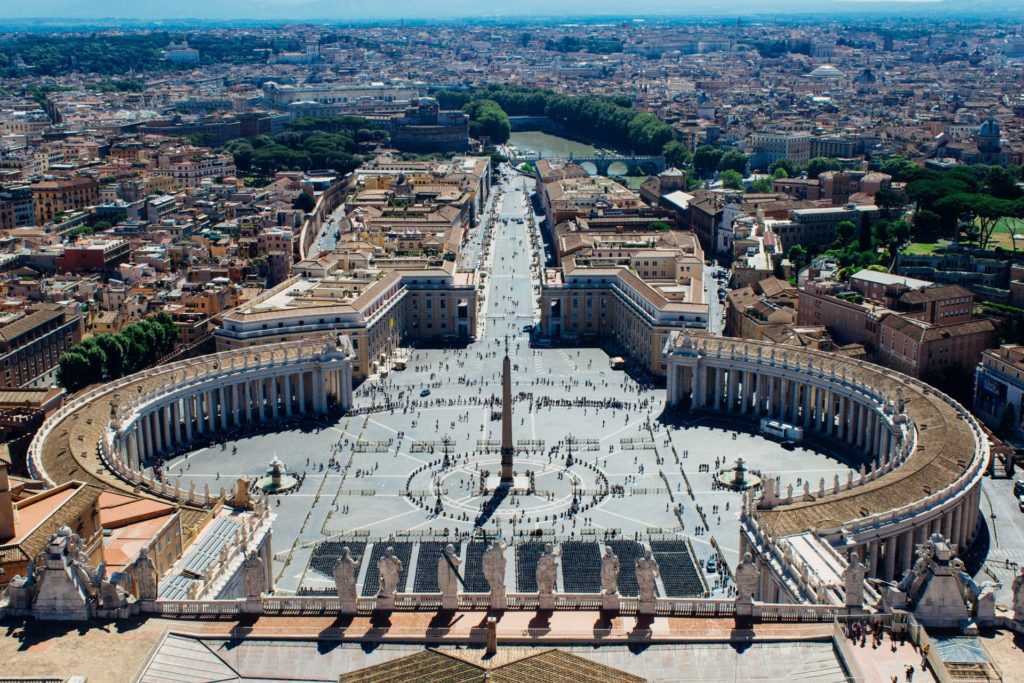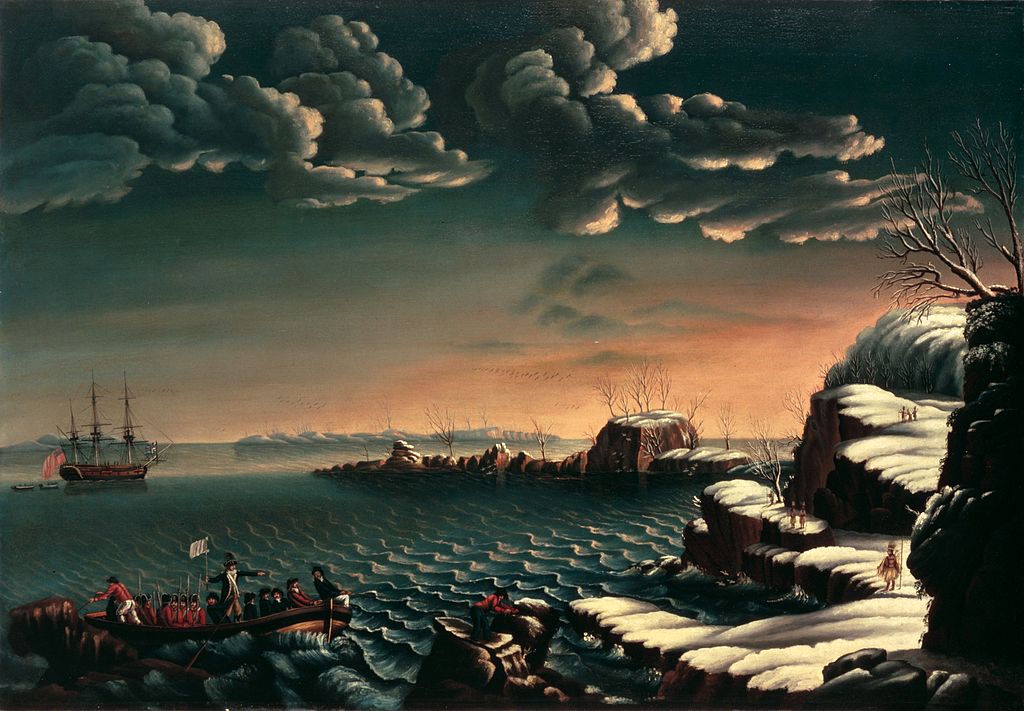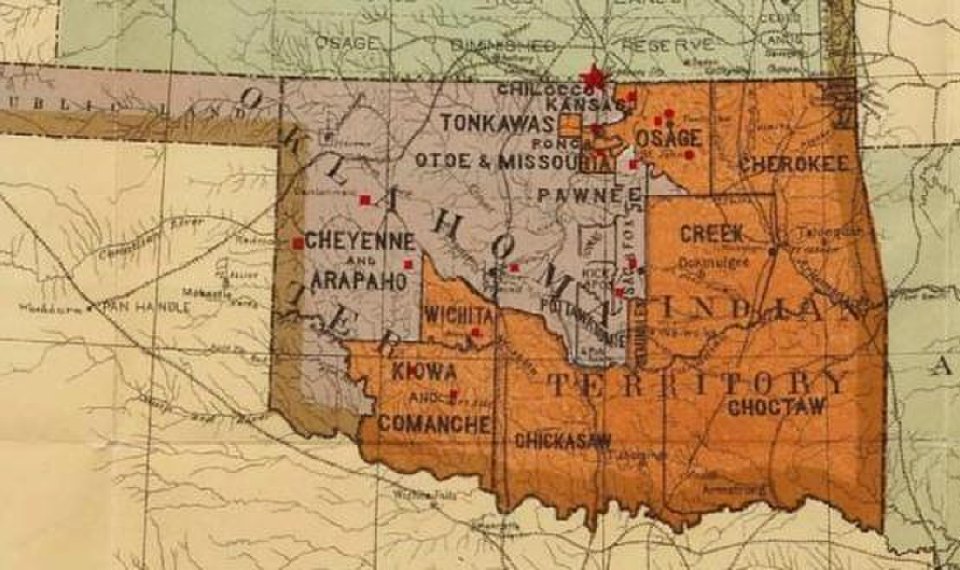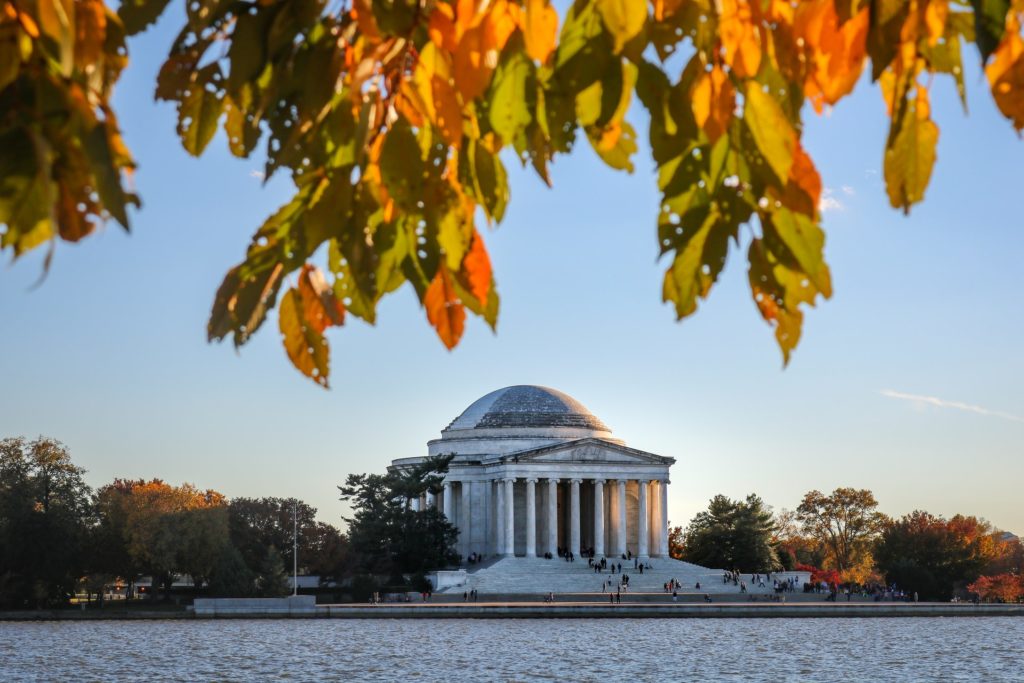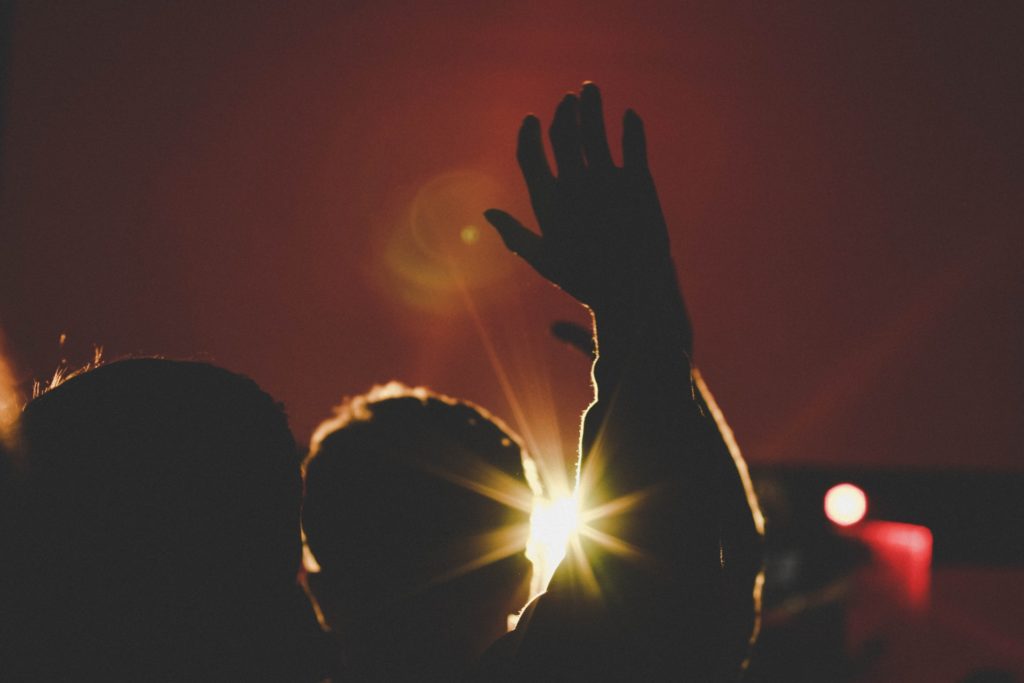On the morning of April 6, 1789, Daniel Carroll opened the front door of his apartment and stepped onto Maiden Lane in New York City. A gentleman of considerable landholdings, he had recently traveled over 200 miles from Maryland to New York in order to join the other newly elected members of the first Federal Congress. […]
Latest Articles
Early American History: Religious Exercise and Establishment
The Background to the First Amendment The “free exercise” of religion protected by the First Amendment, together with prohibition of national establishment, reflects a long debate at the colonial and provincial levels in 150 years preceding the amendment’s ratification. Changes in both law and religious belief altered the shape of toleration and liberty in the […]
Holding the Government to its Word: McGirt v. Oklahoma and Tribal Sovereignty
Justice Neil Gorsuch, writing for the majority in McGirt v. Oklahoma, answers the question “whether the land [previous] treaties promised [the Muscogee (Creek) Nation] remains an Indian reservation for purposes of federal criminal law” with a resounding “yes.” The 5-4 decision reaffirms the Creek Nation’s sovereignty over lands long practically-administrated by the State of Oklahoma, […]
Thomas Jefferson, James Madison, and the Meaning of the First Amendment’s Religious Clauses
On New Year’s Day, 1802, President Thomas Jefferson was presented with a half-ton block of cheese, an offering made by the Baptist farmers of Cheshire, Massachusetts. One of their ministers, John Leland, who happened to be an unstinting proponent of religious liberty and a stalwart Jefferson ally, had escorted this “Mammoth Cheese” all the way […]
Religious Liberty and Common Ground
In July and on Independence Day it is natural to reflect on the Declaration of Independence. The most famous line from that document tells us about the grounding for human equality. Humans are created equal and endowed by their Creator with rights. Here we have what some might say is a very religious statement playing […]

